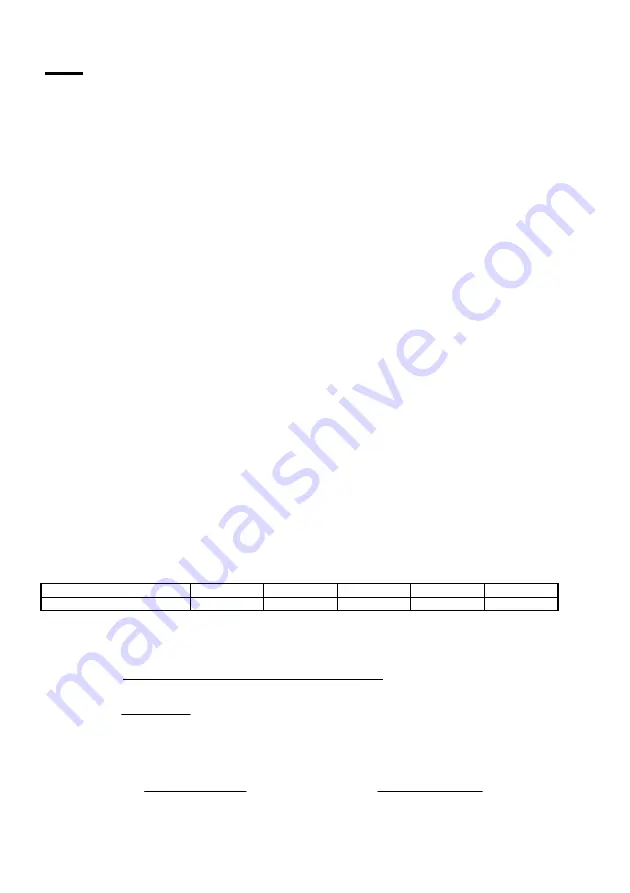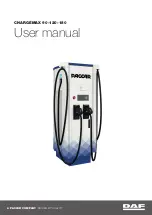
11
GB
READ CAREFULLY
•
Read the instructions before using the machine.
•
This battery charger is equipped with a 4 core supply cable. Fit a suitable plug according to the voltage and
current requirements. The green/yellow conductor should be connected to the earth terminal and the remaining
three conductors to the mains supply.
•
Do not expose unit to rain or snow.
•
Do not use charger if cords or wires are defective. Replace immediately.
•
Any supply extension cable should be of the correct cross sectional area.
•
Batteries generate explosive gas fumes when charging. Use charger in a well ventilated room. Do not smoke,
strike a match, cause a spark or have an open flame near battery while charging.
•
Battery acid is corrosive. Avoid contacts with skin and eyes.
•
While charging battery, leave the battery caps loose.
•
Ensure that electrolyte level in each battery cell is some millimetres higher than the plates.
•
Place the charger as far away as possible from the battery to be charged.
•
Always switch the charger off and remove the power supply cord plug from mains supply before connecting or
disconnecting the charger clamps.
•
To avoid that sparks may develop at the end of the clamps, before switching on the charger, ensure tight and
cleaned connections between the charger clamps and the battery terminals.
•
Do not short circuit the charger clamps. Do not allow clamps to touch one another at any time. Ensure that
there is no short circuit on the battery poles otherwise the battery may explode.
•
Batteries left discharged may be seriously damaged by sulphation and can easily freeze in a low temperature
room.
•
Never charge frozen batteries!!
•
Do not position your face above batteries at any time while making connections and during charging process.
•
The unit is provided with forced ventilation system, therefore, before starting it, we recommend to move it away
from walls or any other thing which could affect its correct efficiency.
•
Battery disposal:
Only return to an authorised battery disposal company.
•
Battery charger disposal:
Return metallic or electronic parts to authorised waste centres.
•
This equipment is unsuitable for starting vehicles with electronic control units.
This battery charger is projected to charge lead batteries for cars or boats. The use of this machine for
other aims is not correct and causes the loss of the guaranty.
TECHNICAL INFORMATION
To determine the percentage of charge left in a battery, use a hydrometer to measure the specific gravity of the
battery electrolytic fluid and follow the table given below:
% of charge
100%
75%
50%
25%
0%
Specific gravity
1,27
1,23
1,2
1,16
1,12
Having checked the specific gravity, use the following formula to determine the time required to fully charge a
battery in good condition.
In the example: a 50Ah - battery, with 25% residual charge, to be charged at a charging current rate of 5 Amp.
battery capacity (Ah) x percentage of failing charge
Charge time = {
}x 1,25 =
current supplied by charger (amps))
50
(Ah)x0,75
Charge time = {
}x 1,25 = 9 hours approx.
5
(A)
When charging, the battery electrolytic fluid should not exceed 40° C.
The charging current is determined by the following formula:
Ah capacity of battery
Ah capacity of battery
Normal charge
= {
} -
Max charge
= {
}
10
5






































